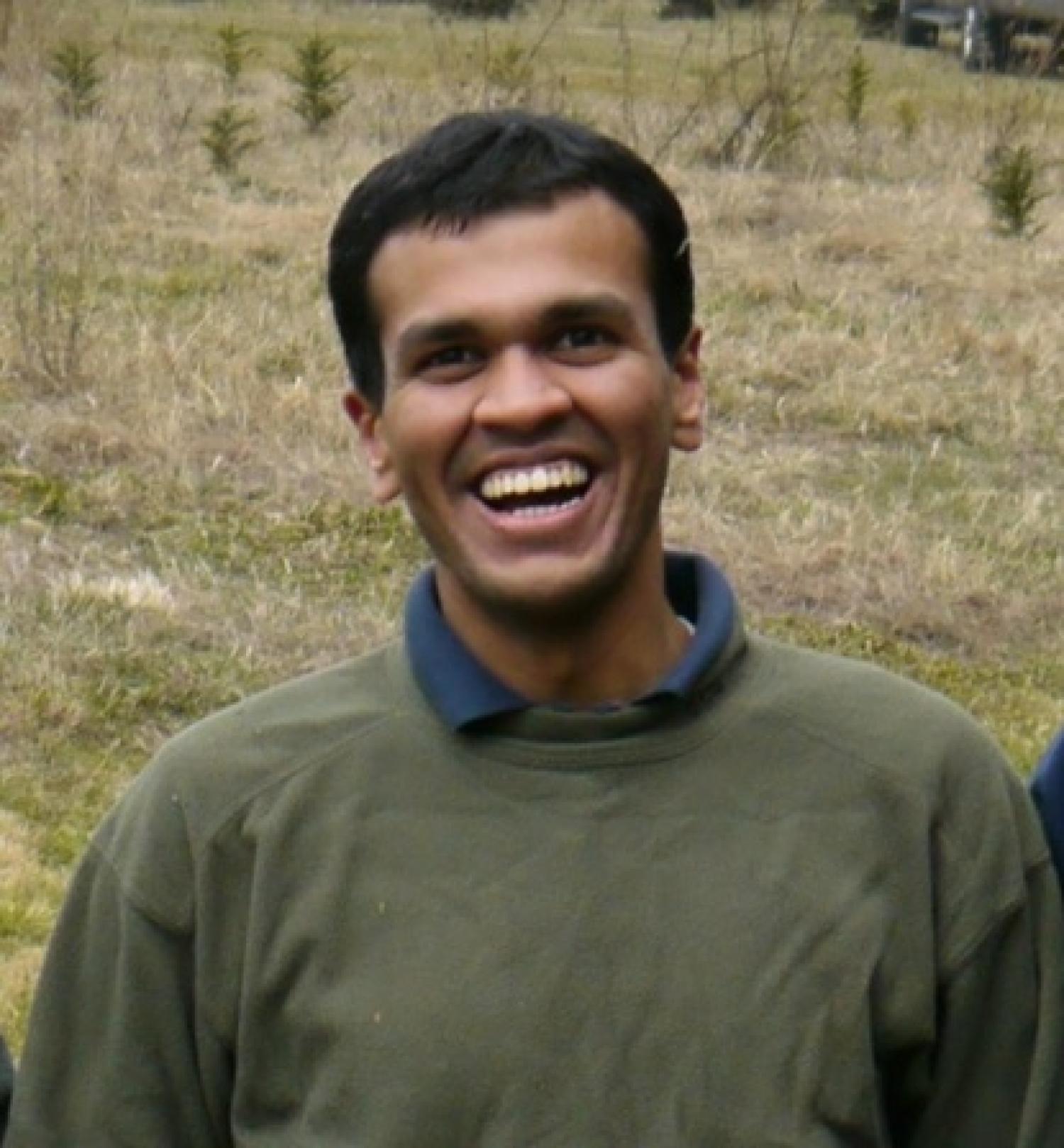Seminar: High-fidelity modeling, high-performance computing and their application to design of wind turbines and wind plants - Feb. 5

Ganesh Vijayakumar
Researcher, National Wind Technology Center @ NREL
Friday, Feb. 5 | 12:30 P.M. | Zoom Webinar
Abstract: A deeper understanding of the physics of atmospheric flow in the critical zone of wind-plant operation simulation is a grand challenge problem in the science of wind energy. High-fidelity modeling across the large range of length and time scales from blade boundary layer to the mesoscale will drive the predictive simulation capability required to achieve this grand challenge. NREL is leading the development of Exawind, an open-source modeling and simulation environment for wind energy applications to be run on the next-generation high-performance computing platforms primarily based on GPU architectures. The primary physics codes of Exawind are the computational fluid dynamics solvers Nalu-wind and AMR-wind coupled to the whole turbine simulation code OpenFAST. In this talk I will describe our validation efforts to ensure the predictive capabilities of our codes on relevant MW-scale turbines.
The predictive simulation capability is expected to drive the design of the next-generation of both on-shore and off-shore wind turbines and wind plants to reduce the levelized cost of energy. We envision a pipeline from the high-fidelity modeling simulations to the improvement of design tools using a combination of machine-learning and reduced order modeling. In this talk I will give two examples of this pipeline. The first is a recurrent deep-neural network (DNN) surrogate model trained on experimental data to model the unsteady aerodynamic response and dynamic stall behavior of wind turbine blades for use in engineering design codes. The second one is an inverse-design tool based on invertible neural networks for design of 2D airfoils and 3D rotors trained using high-fidelity CFD.
Bio: Ganesh Vijayakumar is a researcher at the National Wind Technology Center, a part of the National Renewable Energy Laboratory, Ganesh completed his Ph.D in Mechanical Engineering from Pennsylvania State University in 2015 on quantifying the aerodynamic loads on wind turbines due to atmospheric turbulence using computational fluid dynamics. Ganesh is one of the main developers of the ExaWind modeling and simulation environment for wind energy at NREL focusing on fluid-structure interaction and wind turbine aerodynamics. Ganesh’s recent work at NREL is focused on creating a pipeline from high-fidelity simulations to design using machine learning. As a part of this, he has recently developed new machine learning models for unsteady aerodynamics, aerodynamic design of wind turbines and generator design.

